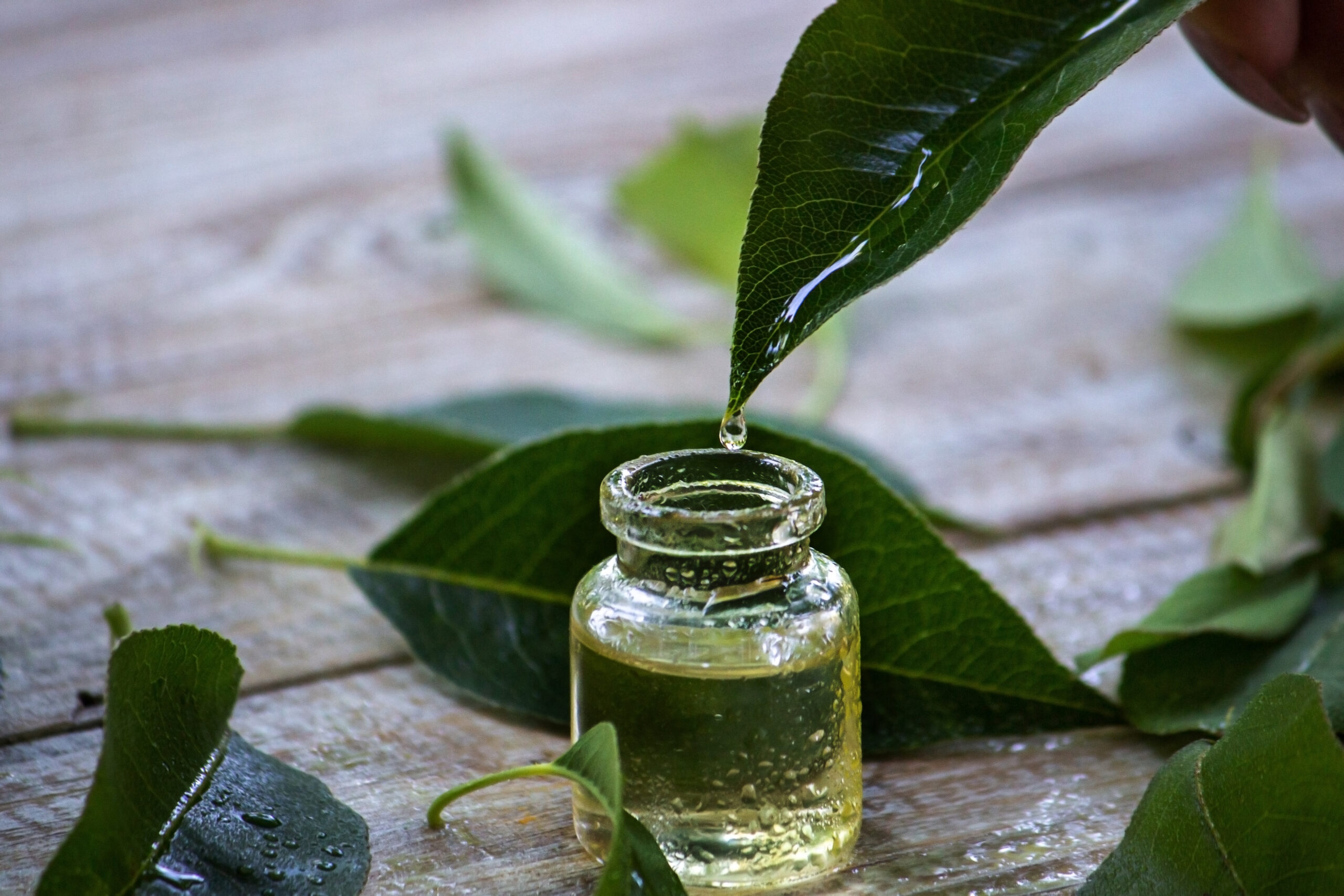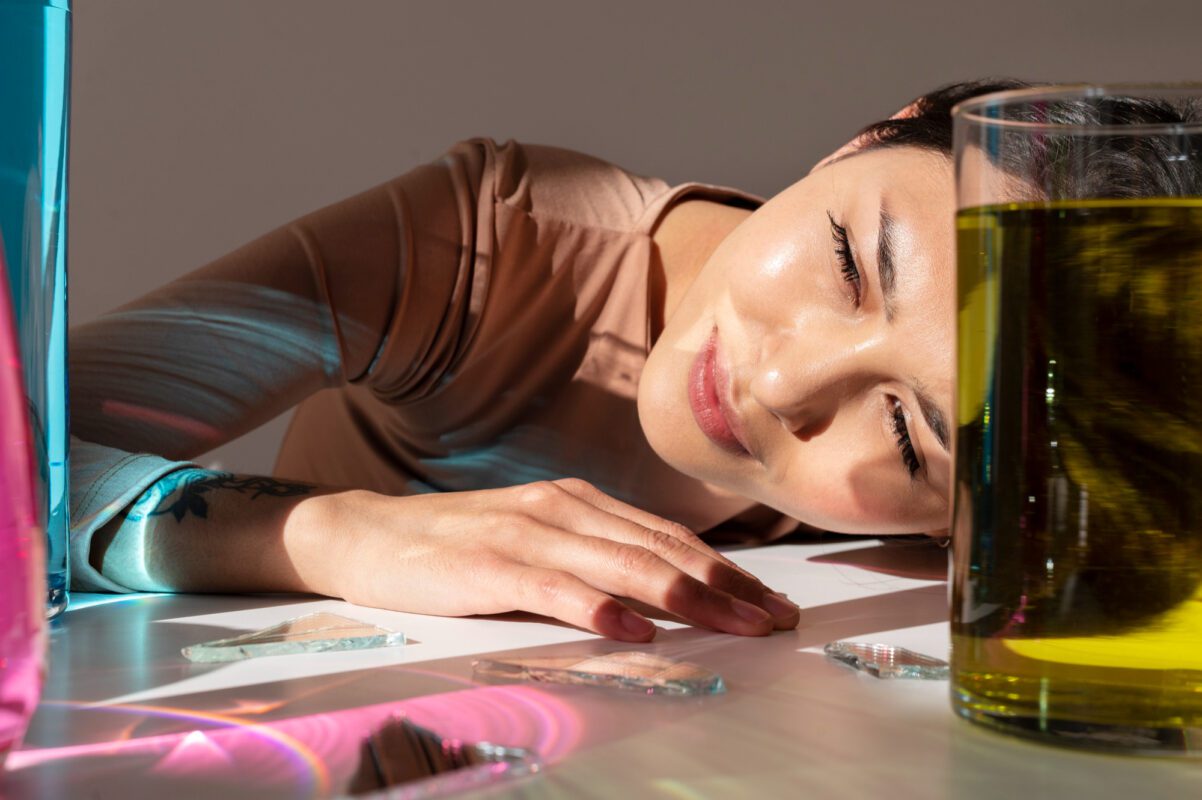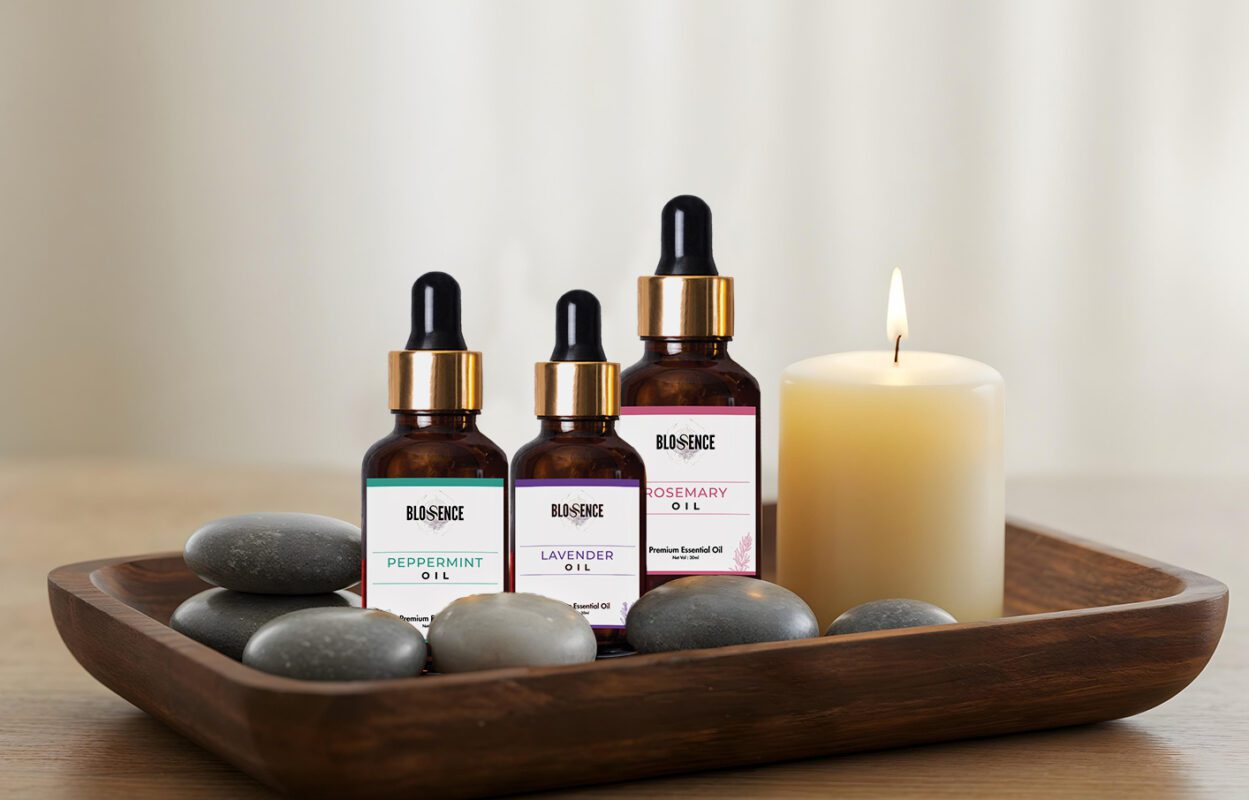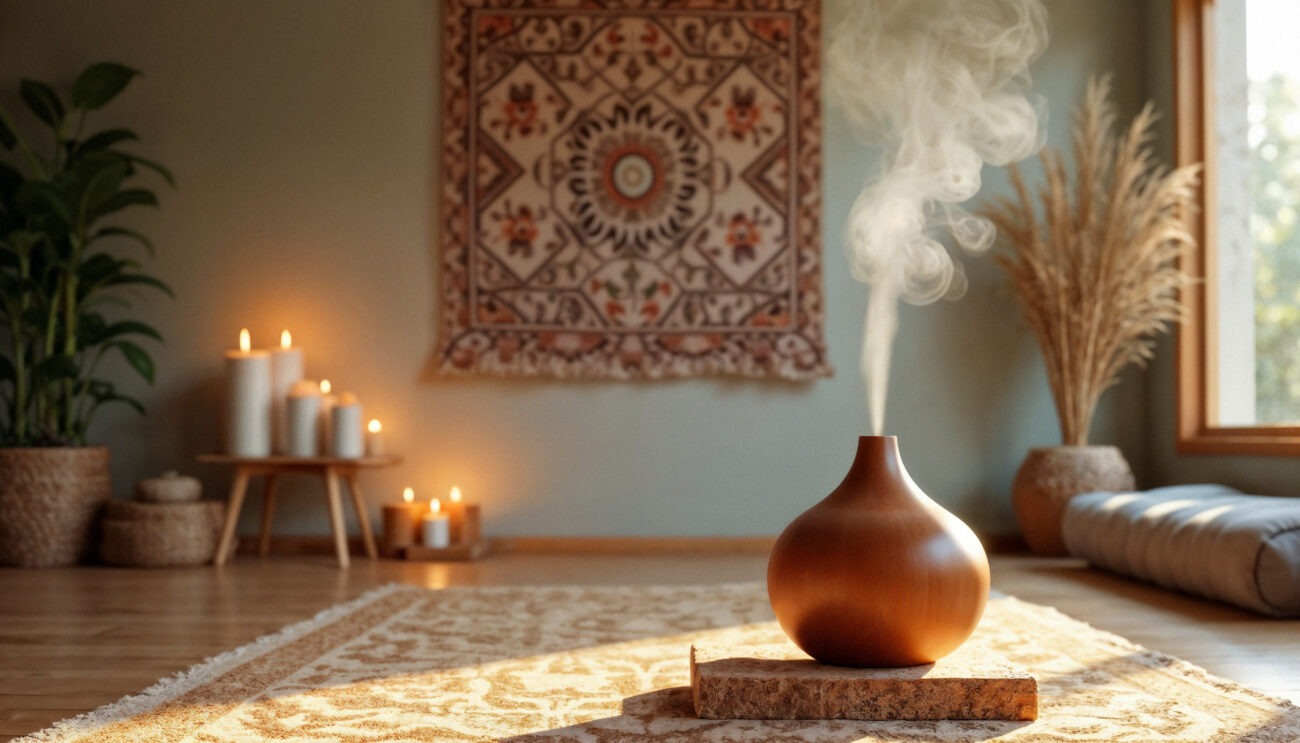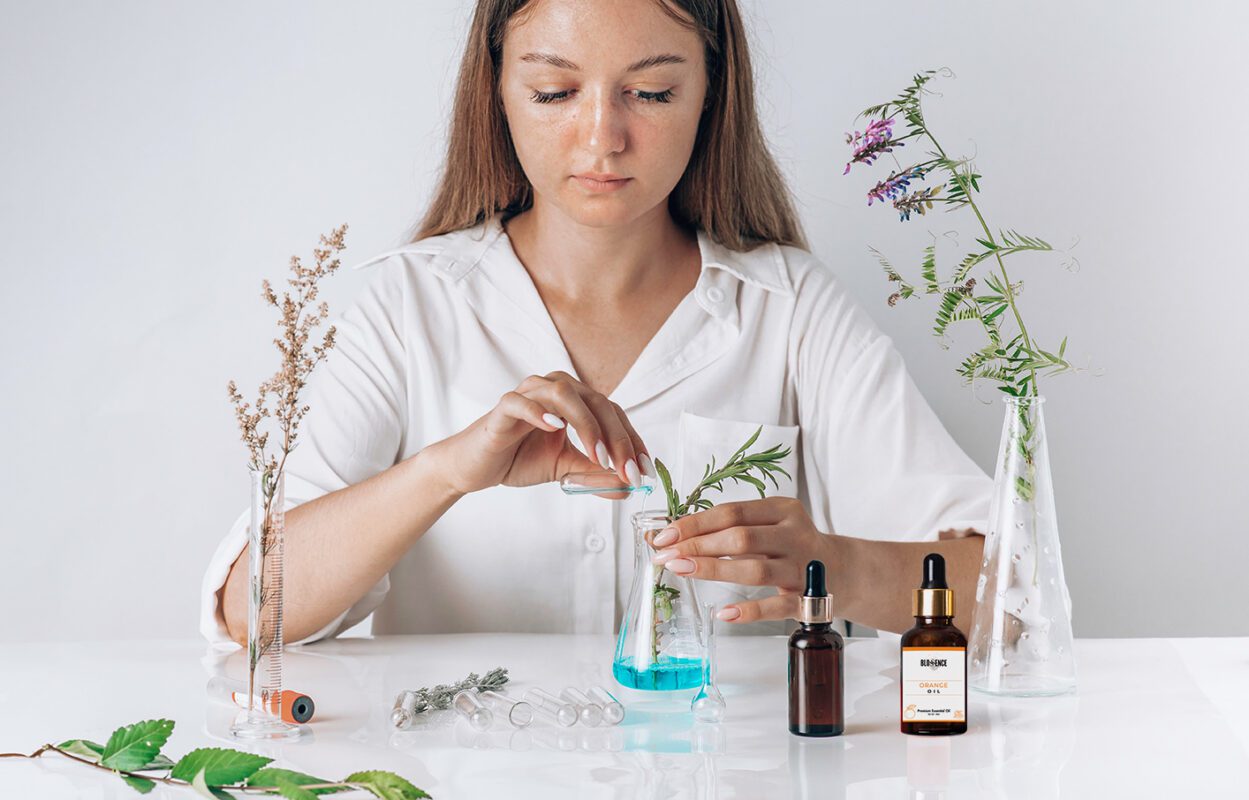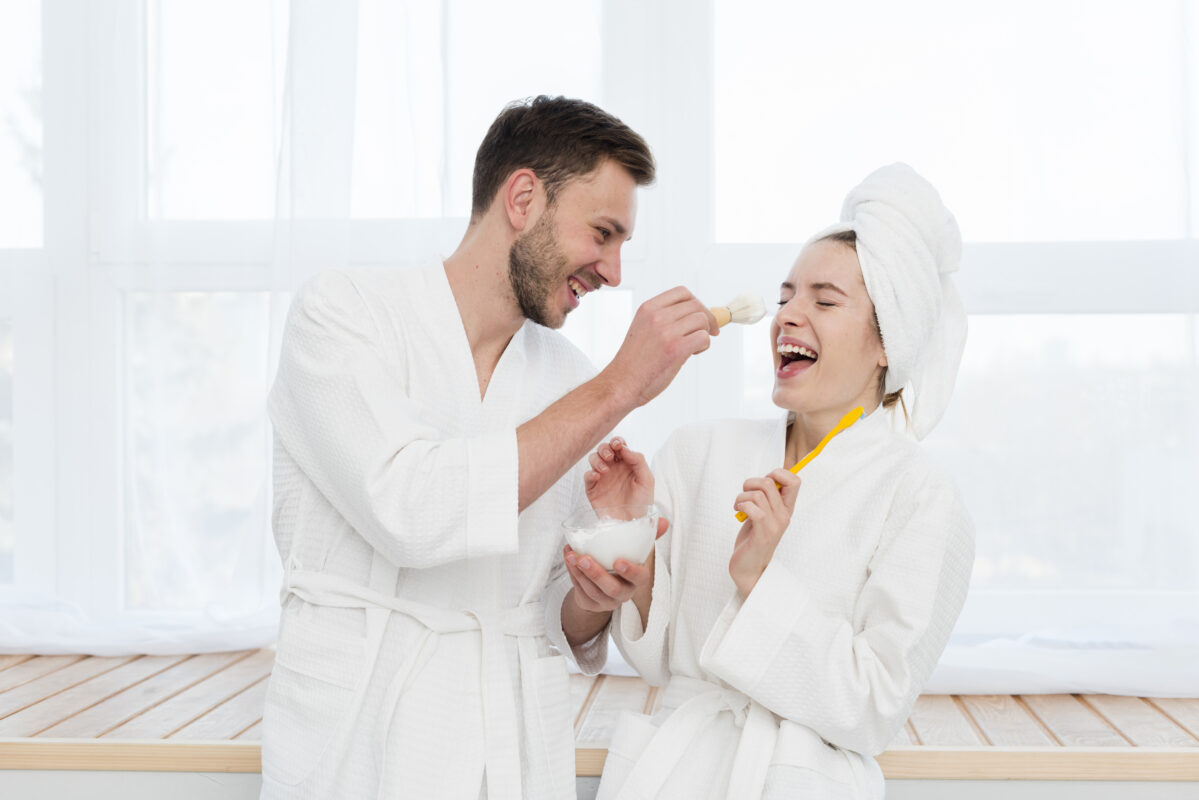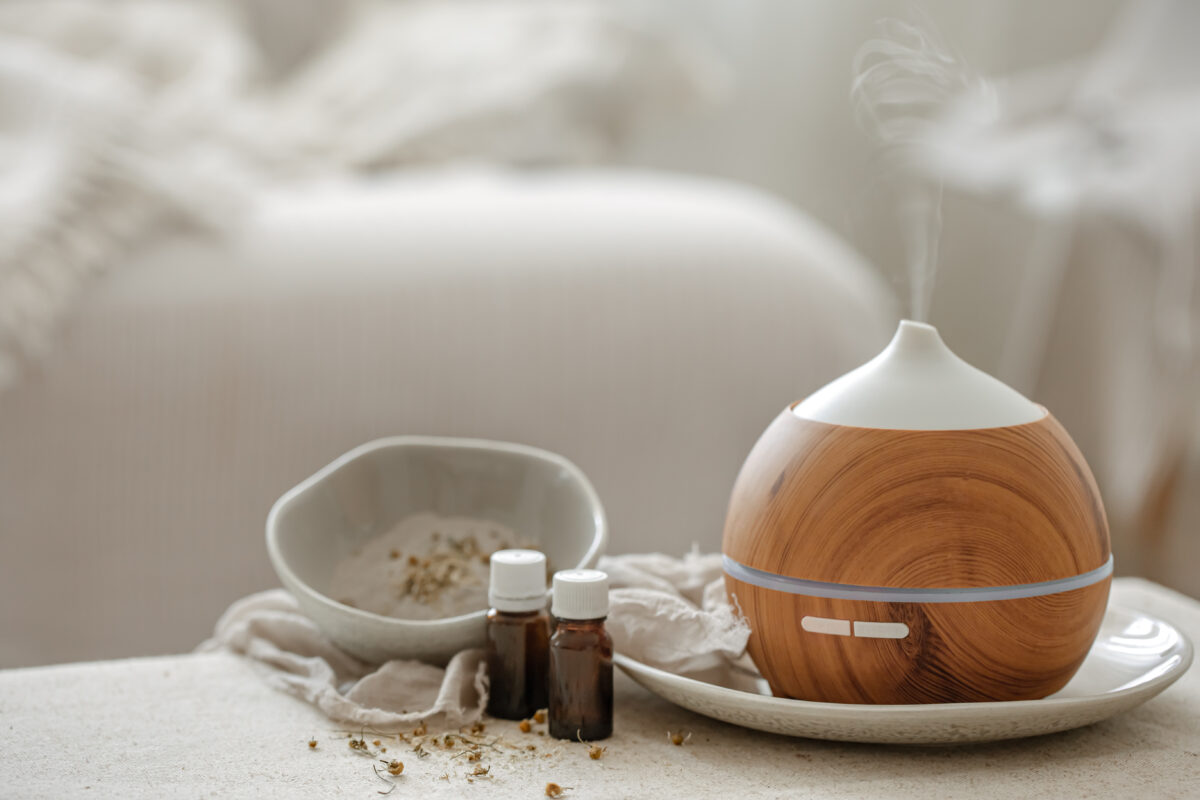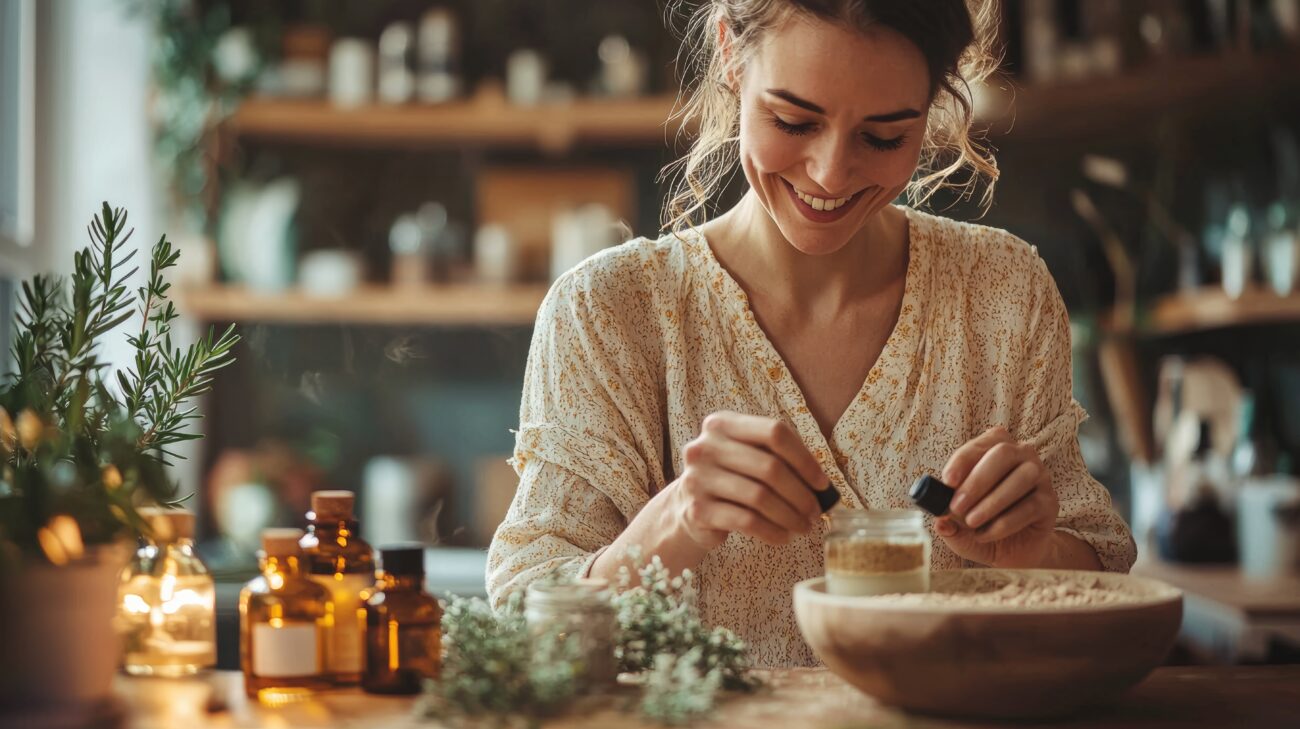Essential oils are more than pretty scents—they’re concentrated plant extracts used for skin, mood, breathing, and emotional well-being.
But their benefits only work when the oil is truly natural, undiluted, and pure.
❌ Impure oils can:
- Cause skin irritation or breakouts
- Disrupt your hormones (yes, really)
- Deliver zero real aromatherapy benefits
✅ Pure oils, like Blossence, offer:
- Real therapeutic properties
- Safe usage for skin and diffusion
- Potent results with fewer drops
Bottom line? Purity isn’t optional—it’s everything.
🧪 What Happens When Oils Aren’t Pure?
Cheap or synthetic oils:
- Are often diluted with mineral oil or alcohol
- Contain artificial fragrances and chemicals
- Might smell “nice” but provide no actual benefits
Imagine applying synthetic “lavender-scented oil” thinking it’ll help you sleep—when all you’ve rubbed on your skin is a chemical cocktail.
💡 This is why ingredient transparency and sourcing matter deeply.
🔍 How to Spot Fake or Synthetic Oils
Let’s decode some red flags to watch for:
🚩 1. The Price Is Too Good to Be True
Pure essential oils require a large amount of plant material. If you find a ₹199 “Rose Oil” online, chances are—it’s fake.
🚩 2. The Label Doesn’t Say “100% Pure”
Check for words like:
- “Fragrance oil”
- “Perfume oil”
- “Aromatherapy scent blend”
These are not pure essential oils.
🚩 3. No Botanical Name or Origin Listed
True essential oils should list:
- Latin name (e.g., Lavandula angustifolia for Lavender)
- Country of origin
- Extraction method (steam-distilled, cold-pressed)
🚩 4. The Smell Is Overpowering or Artificial
Pure oils have a plant-like complexity.
If it smells like a strong synthetic perfume, it probably is.
✅ Signs of a 100% Natural, High-Quality Oil
| Checkpoint | What to Look For |
|---|---|
| Label | “100% Pure Essential Oil” clearly stated |
| Ingredients | Only one—no fillers or solvents |
| Bottle | Dark glass (protects from UV light) |
| Dropper Cap | Controls dose + keeps it airtight |
| Brand Transparency | Shows sourcing, testing, and usage guides |
🌸 What Makes Blossence Oils Pure?
At Blossence, purity is not a promise—it’s our foundation.
We ensure:
- 100% pure, undiluted oils—no chemicals, no blends, no compromise
- Steam distillation or cold-pressed extraction for true potency
- Cruelty-free, eco-conscious practices
- Small batch testing for consistent quality and freshness
- Clear ingredient transparency on every label
💧 Each bottle is handcrafted with integrity—for your skin, your breath, and your peace of mind.
🧪 How to Test Your Oils at Home (Safely)
While lab tests are ideal, here are some simple home tricks:
🔬 1. Blotting Paper Test
- Drop 1–2 drops on white paper
- Let it sit overnight
- Pure oil evaporates without leaving a greasy ring (except for heavier oils like Patchouli)
🔬 2. Freeze Test
- Place oil in the freezer
- Pure essential oils don’t freeze (but this is not always conclusive for all types)
⚠️ Important:
These tests are not foolproof. For real assurance, choose brands like Blossence that prioritize transparency and ethics over mass production.
🌿 Final Thoughts
The market is crowded. Labels are confusing. But your body, your breath, and your energy deserve nothing less than purity.
With Blossence, you’re not just buying oils—you’re investing in plant-powered wellness that’s clean, honest, and effective.
✨ One drop of real is better than a bottle of fake.
❓ FAQs
Q. Are Blossence oils lab-tested for purity?
Yes. Each batch undergoes quality checks to ensure 100% purity, potency, and safety.
Q. Can I ingest essential oils if they’re pure?
Even pure oils can be dangerous if ingested incorrectly. We do not recommend oral use unless directed by a certified professional.
Q. Why do Blossence oils cost more than local market oils?
Because you’re paying for authenticity—sourced ethically, crafted cleanly, and delivered without dilution or deception.

